Rosemary
Salvia rosmarinus or Rosmarinus officinalis
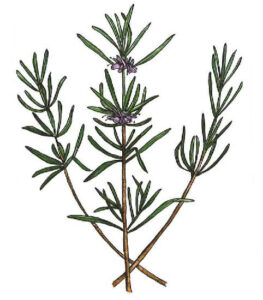
Romarin (French), 迷迭香 (mí dié xiāng, Mandarin), كليل الجبل (iiklil aljabal, Arabic), romaro (Spanish)
Rosemary is a fragrant evergreen herb used in the Mediterranean for more than 5,000 years. Once sacred to the Egyptians, Greeks and Romans, rosemary is now commonly used in in many European-American recipes as well as an essential oil in home fragrances and cosmetics. The drought-tolerant herb grows well in containers and in the soil of a Florida garden.

Rosemary is native to the Mediterranean, and it was first mentioned in cuneiform texts more than 5,000 years ago. The herb was used in ancient Egyptian burials, and it was extremely popular in Greek and Roman rituals and cuisines. Rosemary presumably spread throughout Europe via the Romans, yet it was the ninth century French monarch, Charlemagne, who ordered all monastic gardens to include rosemary. The herb spread outside of Europe through colonialism, and it is popular in dry and arid regions because it requires little water once established. In the United States, it is often grown in containers for culinary uses, fragrance, and ornamental purposes.
Rosemary was considered a sacred plant in ancient Egypt, Greece and Rome where it was used for medicinal, culinary and ritual purposes as a symbolic offering at graves and during wartime commemorations. It is an integral ingredient in many Mediterranean cuisines. In Italy rosemary is central in many sauces, breads, pasta dishes, roasted meats and potatoes, baked fish and bean dishes. In southern France, it is found in herb blends such as herbs de Provence, tied together with other herbs to flavor soups, roasted with chicken and lamb, and baked in breads. In the Middle East it is often included in the spice blend known as za’atar. Rosemary is common in many European-American dishes, and it is used to flavor vinegars. It is also commonly used as an essential oil in home fragrances and cosmetics.
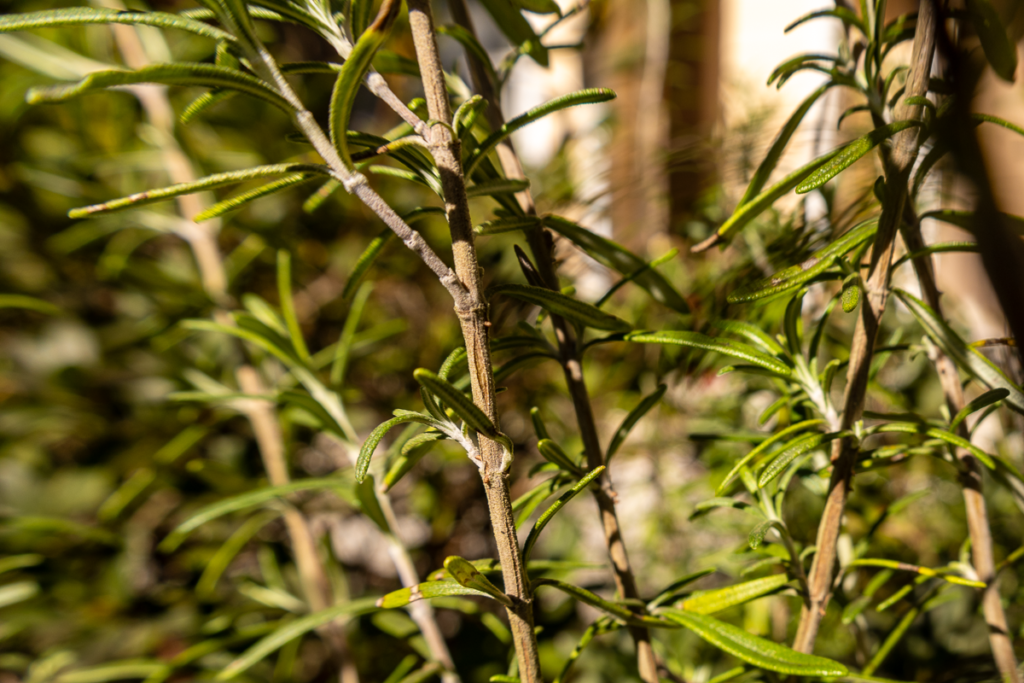
Rosemary is high is calcium, magnesium, potassium, and vitamin A.
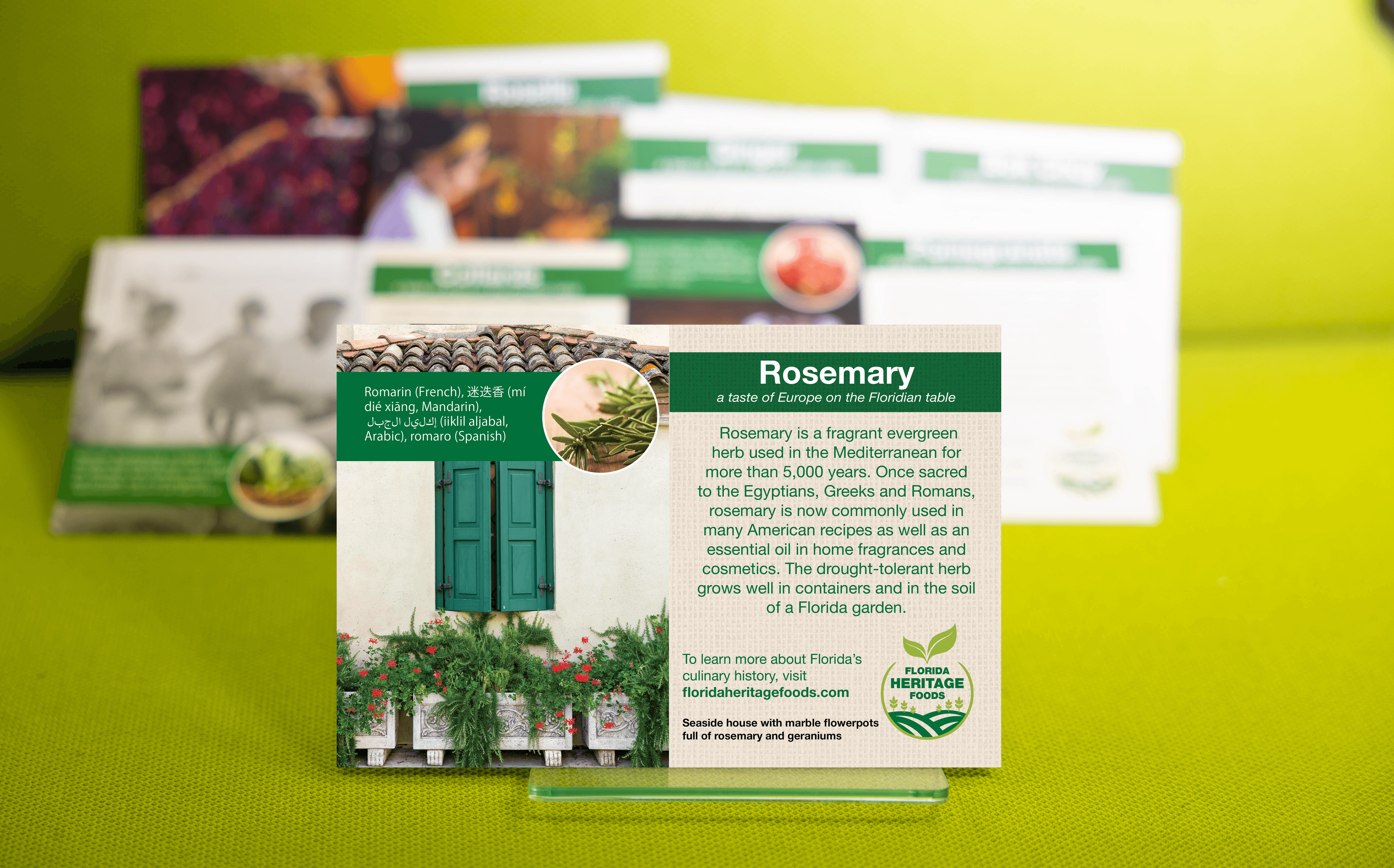
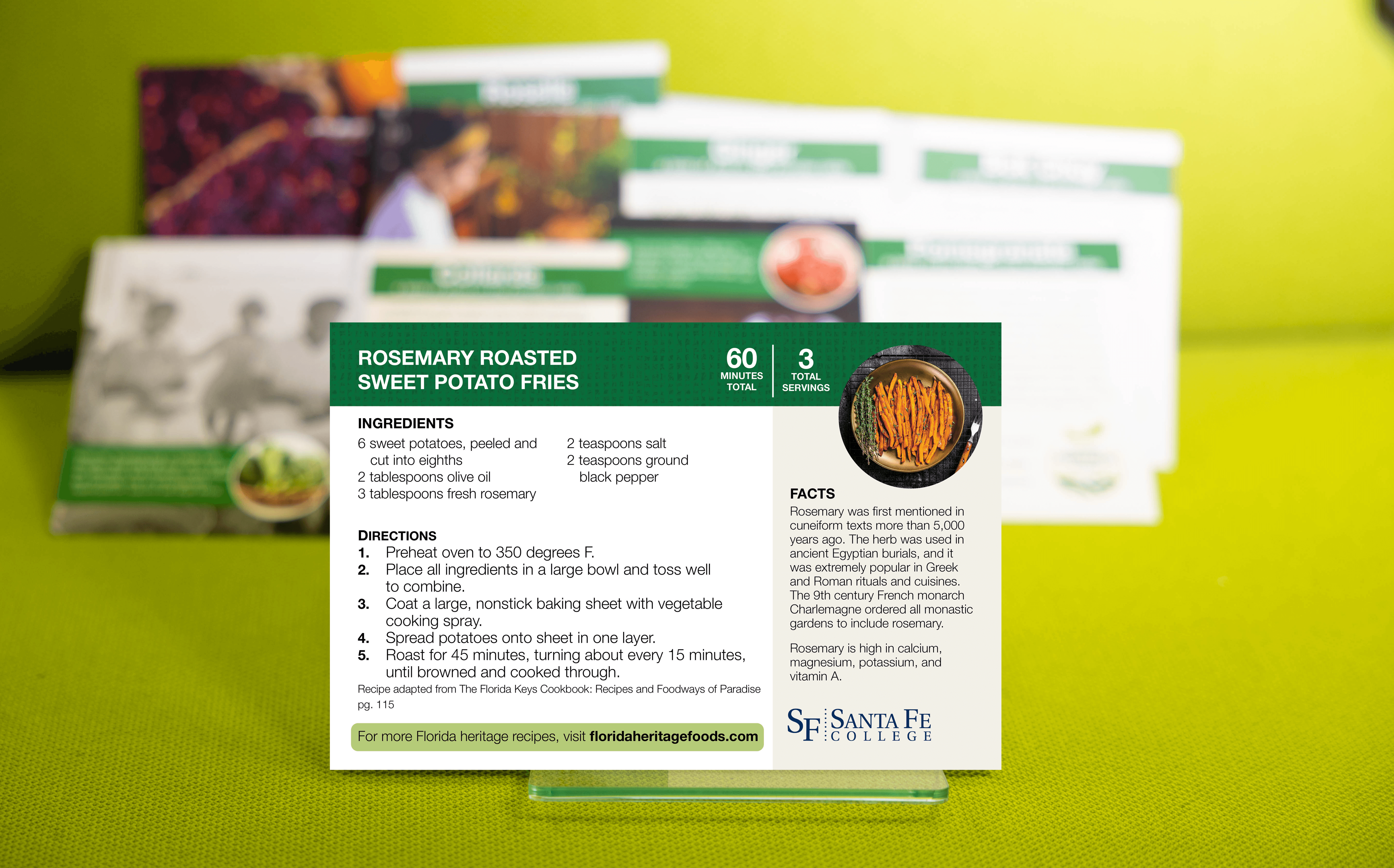
Rosemary is a hardy, drought-tolerant perennial that is planted October through April by direct sowing, transplant or cuttings. It can be harvested throughout the year once established. Rosemary can be extremely long-lived (possibly up to 30 years) and prefers a sunny place in sandy, well-drained soil. Some varieties (such as Prostrates) grow closer to the ground and can be used as a ground cover. This herb can be enjoyed fresh or dried and the flowers are edible. To plan a heritage garden, download the ‘Planning a Florida Heritage Garden (PDF).’
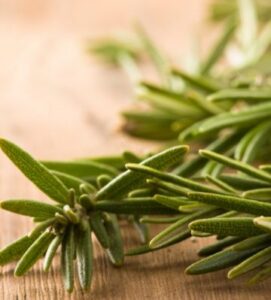
Santa Fe College Partnered with Multiple Organizations in a Collaborative Effort to Bring Awareness of the Heritage Plants In Florida.
BY CULTURAL HISTORY
BY GROWING SEASON
DROUGHT TOLERANT PLANTS
Commitment to Equal Access and Equal Opportunity
Santa Fe College is committed to an environment that embraces diversity, respects the rights of all individuals, is open and accessible, and is free of harassment and discrimination. For more information, visit sfcollege.edu/eaeo or contact equity.officer@sfcollege.edu.
SACSCOC Accreditation Statement
Santa Fe College is accredited by the Southern Association of Colleges and Schools Commission on Colleges (SACSCOC). For more information, visit sfcollege.edu/sacscoc.
